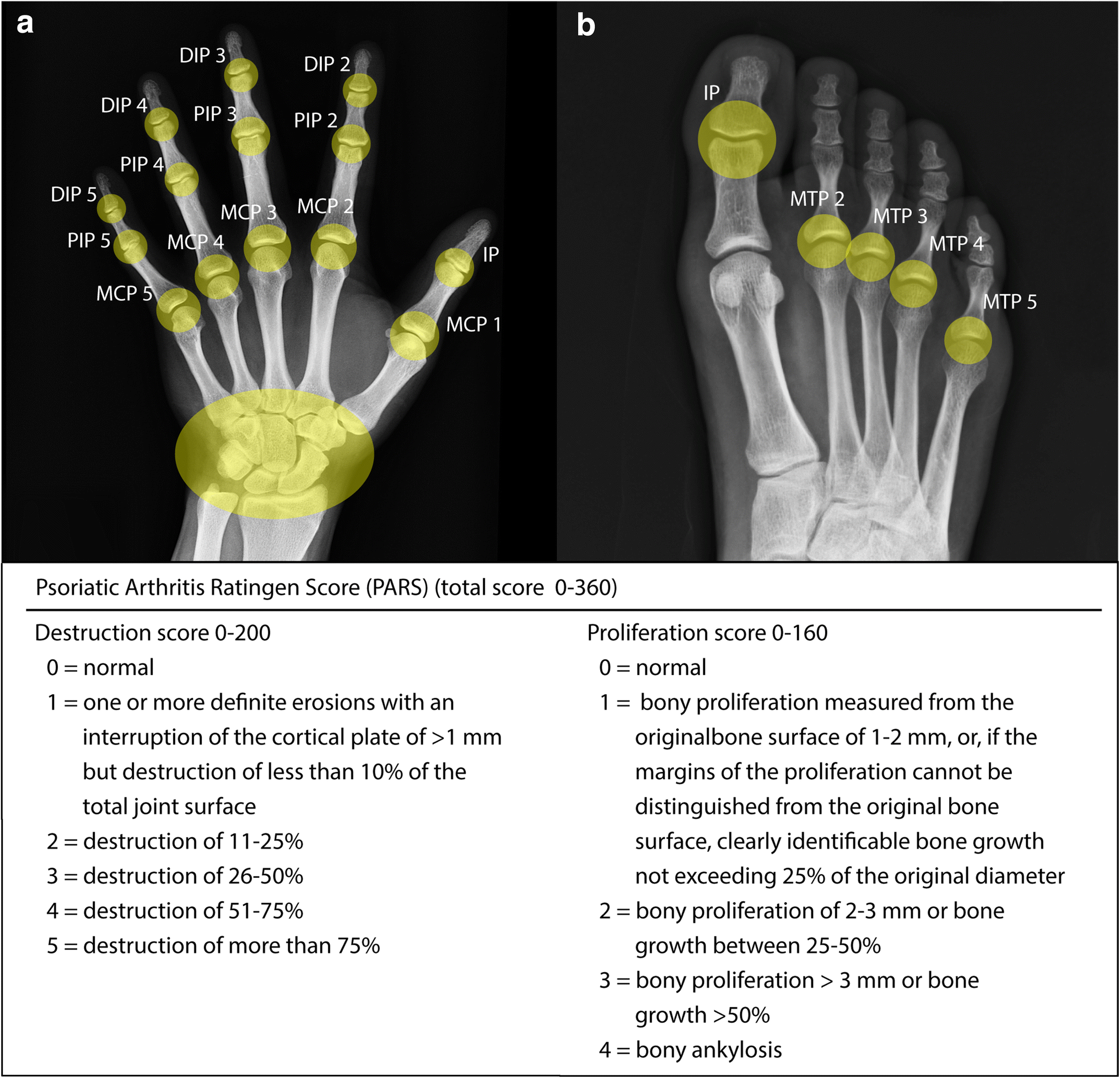

The presence of adequate 1st MTP joint dorsiflexion is essential during the terminal stance and pre-swing phases of gait to enable smooth forward progression of the body over the foot. 1st MTP joint OA is characterised by joint pain and stiffness, dorsal exostosis formation, and reduced 1st MTP joint dorsiflexion range of motion. The condition affects 8% of individuals aged over 50 years and leads to disability, poorer health-related quality of life, and impaired locomotor function. Osteoarthritis of the first metatarsophalangeal joint (1st MTP joint OA) has been recognised as one of the most common causes of foot pain in middle-aged and older people.

These findings suggest that clinical measurement of 1st MTP joint maximum dorsiflexion provides useful insights into the dynamic function of the foot and ankle during the propulsive phase of gait in this population. There were no significant associations between passive NWB 1st MTP joint maximum dorsiflexion and sagittal plane kinematics of the knee or hip joints. Passive NWB 1st MTP joint maximum dorsiflexion was significantly associated with maximum 1st MTPJ dorsiflexion ( r = 0.486, p < 0.001), ankle joint maximum plantarflexion ( r = 0.383, p = 0.007), and ankle joint excursion ( r = 0.399, p = 0.005) during gait. Associations between passive NWB 1st MTP joint maximum dorsiflexion and kinematic variables were explored using Pearson’s r correlation coefficients. Sagittal plane kinematics of the 1st MTP, ankle, knee, and hip joints were calculated. Methodsįorty-eight individuals with radiographically confirmed 1st MTP joint OA (24 males and 24 females mean age 57.8 years, standard deviation 10.5) underwent clinical measurement of passive NWB 1st MTP joint maximum dorsiflexion and gait analysis during level walking using a 10-camera infrared Vicon motion analysis system. Therefore, the aim of this study was to examine the association between passive non-weightbearing (NWB) 1st MTP joint maximum dorsiflexion and sagittal plane kinematics in individuals with radiographically confirmed 1st MTP joint OA. There is inconsistent evidence regarding the relationship between clinical measurement of 1st MTP joint maximum dorsiflexion and dynamic function of the joint during level walking. Osteoarthritis of the first metatarsophalangeal joint (1st MTP joint OA) is a common and disabling condition that results in pain and limited joint range of motion.


 0 kommentar(er)
0 kommentar(er)
